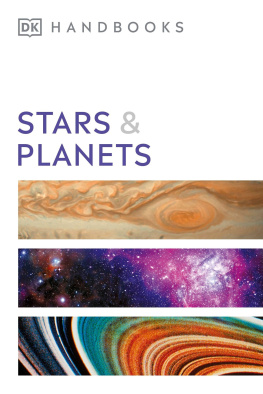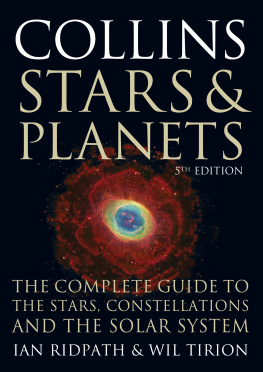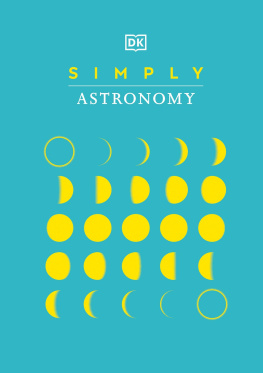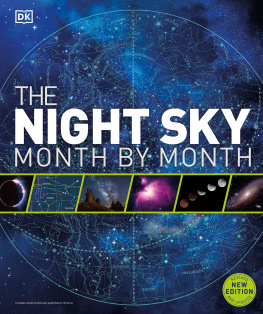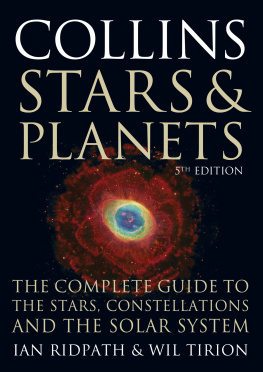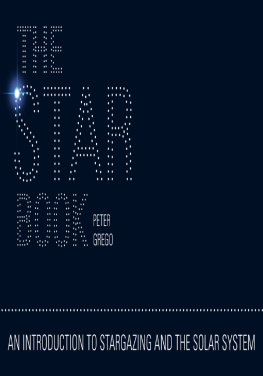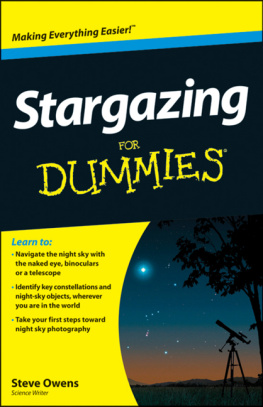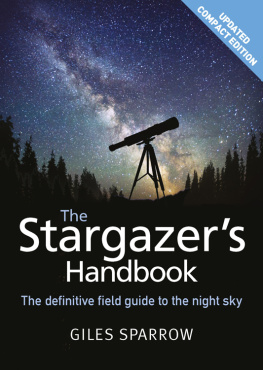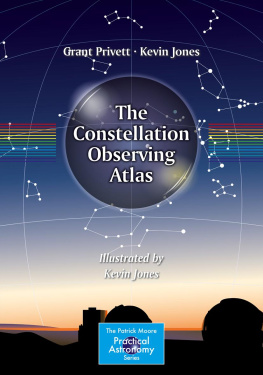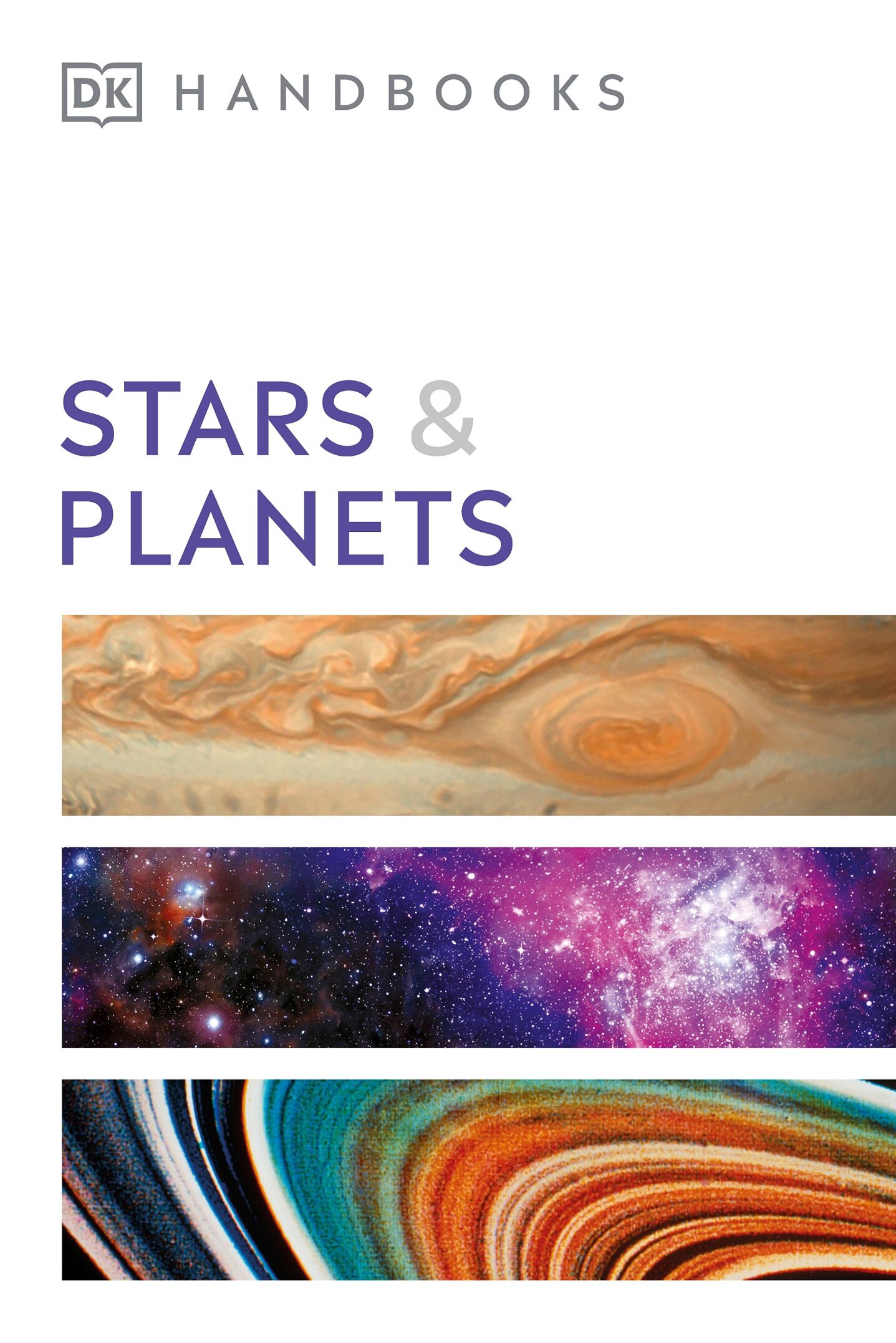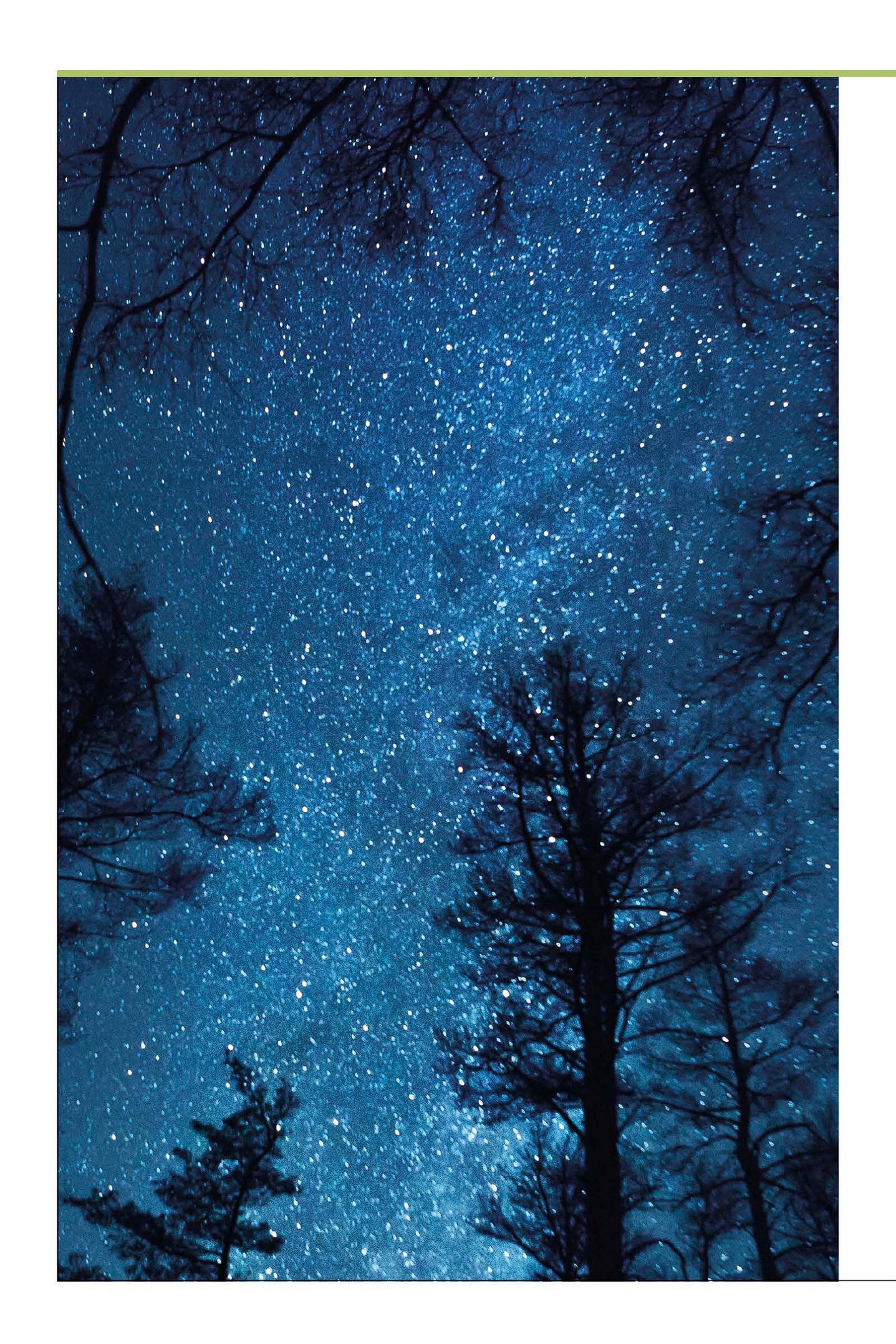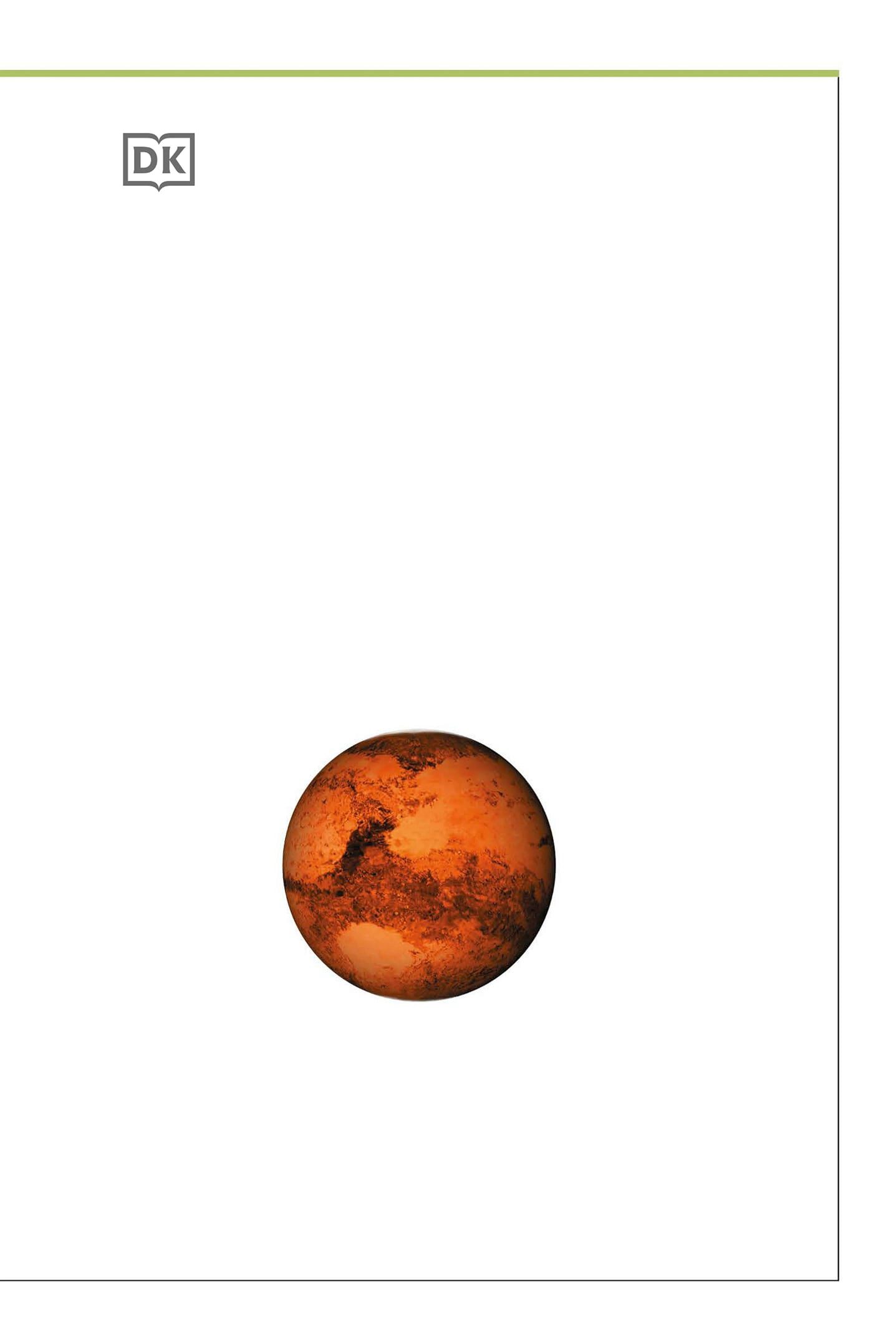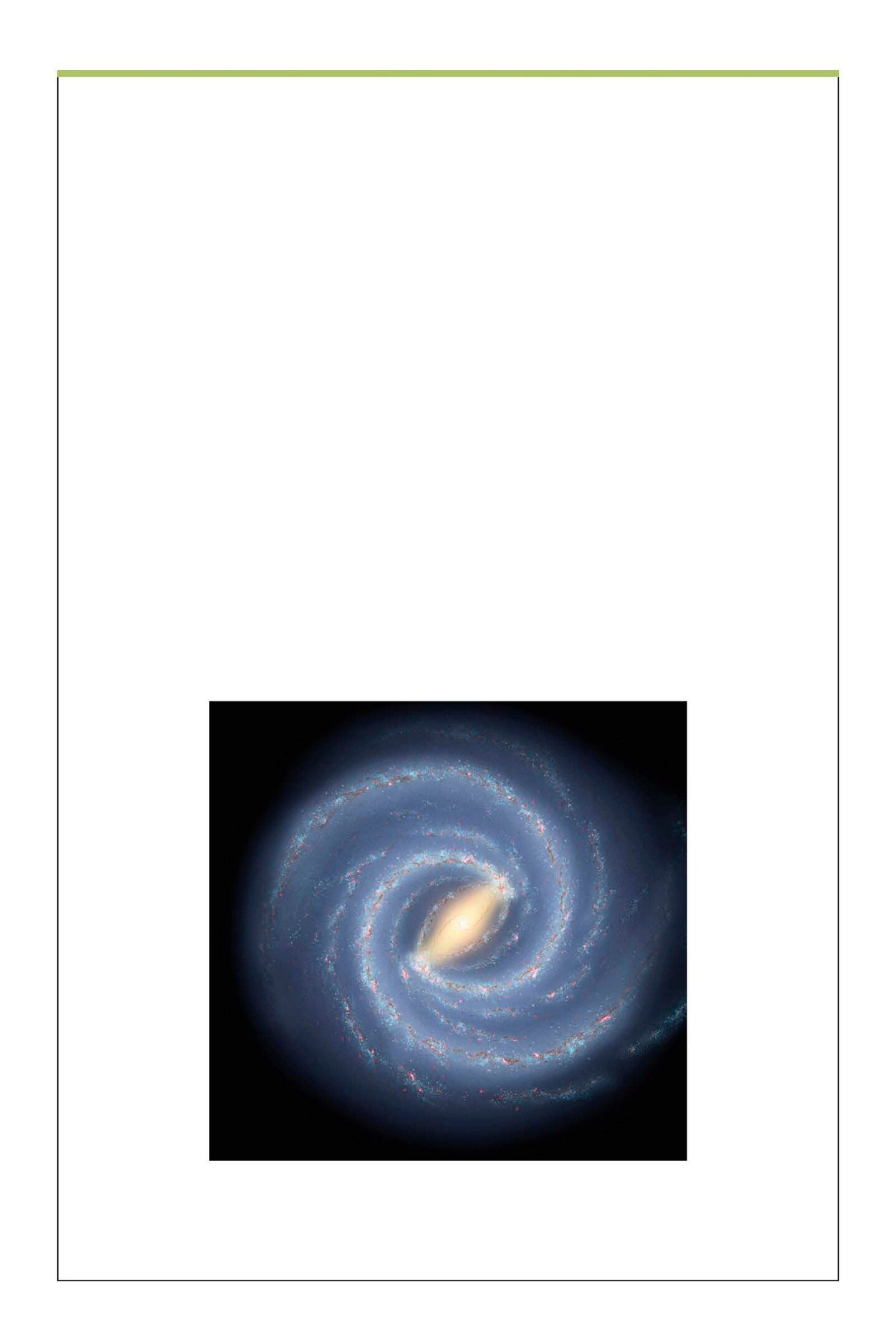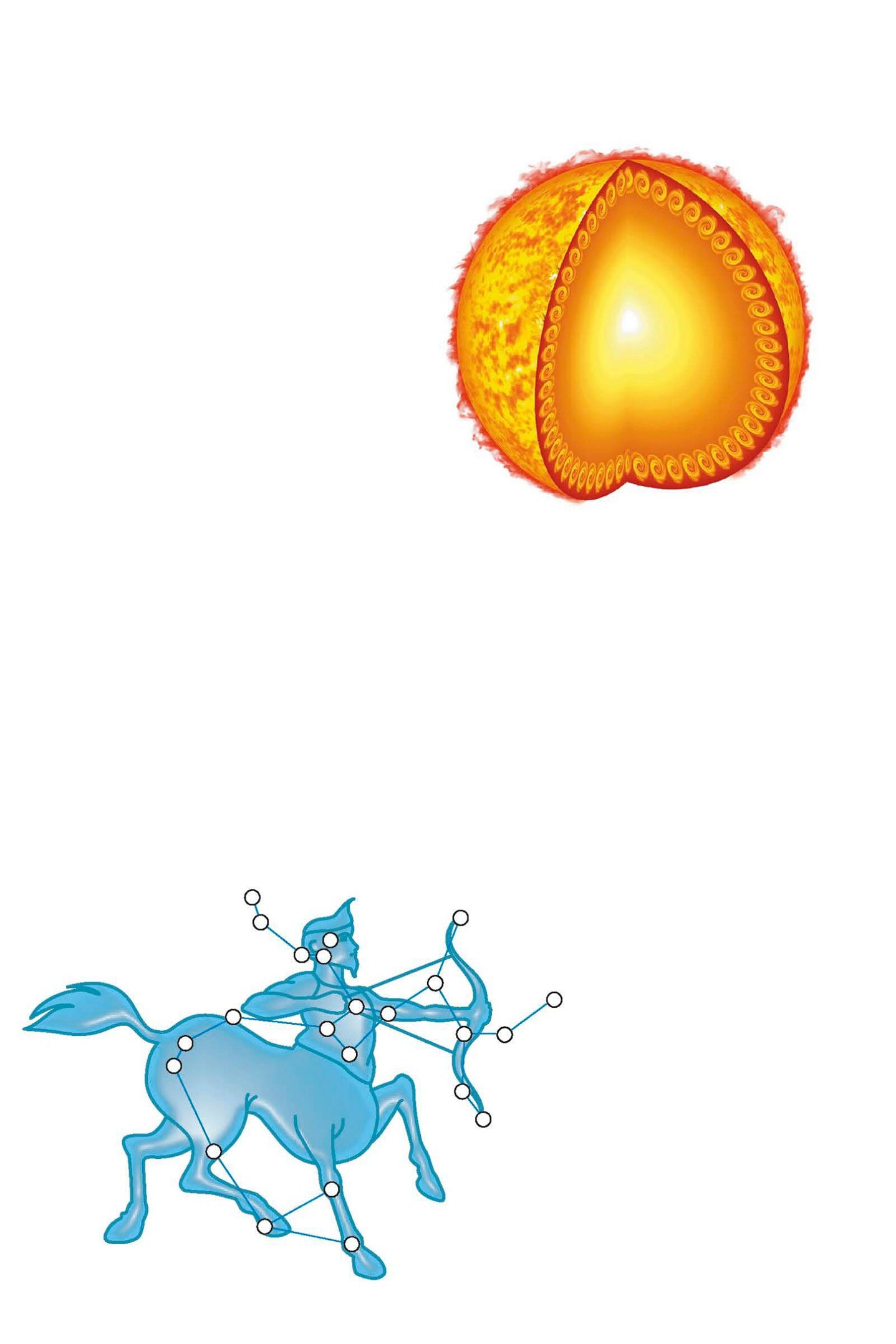HANDBOOKS IAN RIDP ATH Star charts by Royal Greenwi ch Observatory
PLANETS
S TA RS
&
HANDBOOKS
PLANETS
S TA RS
&
Due to the complex integration of im ages and text, t his DK eBook has been formatted to retain the design of the print edition. As a result, all elements ar e xe d in place, but can easily be enlar ged by using the pinch-to-zoom function. For previewing r otated pages or spr eads, please lock screen r otation in yo ur device r st. If you are previewing this eBook on a mobile phone, portr ait mode is r ecomme nded. If previewin g on a tablet or larger displa y, landscape mode will allow you to see facing pages at the same time (two page view).
About this eBook

This book was made with Fo rest Stewardship Council certified paper one small step in DKs commitment to a sustainable future. For mo re information go to www. dk.com/our-gre en-pledge NEW EDITION FIRST EDITION Author Ian Ridpath Consultants Giles Sparrow , R obin Scagell DK DELHI Desk Editor Saumya Agarwal Project Art Editor Rupanki Aror a Kaushik Managing Editor Saloni Singh Managing Art Editor Sudakshina Basu Jacket Designer Juhi Sheth Senior DTP Designers Pushpak T yag i DTP Designers Anurag Trivedi, Rakesh Kumar Pre-prod uction Manager Sunil Sharma Editorial Head Glenda Fe rnandes Design Head Malavika T al ukder This edition published in 2022 First published in Gre at Britain in 1998 by Dorling Kindersley Limited DK, One Embassy Gar dens, 8 Viaduct Gardens, London, SW11 7BW The authorised repr esentative in the EEA is Dorling Kindersley V er lag GmbH. Arnulfstr . 1 24, 80636 Munich, Germany Copyright 1998, 20 00, 2002, 2010, 2022 Dorling Kinder sley Limited A Penguin Random House Company Tex t copyright 1998, 2000, 2002, 2010, 2022 Ian Ridpath 10 9 8 7 6 5 4 3 2 1 001328698Aug/2022 All rights reserved. No part of this publication may be re produced, stor ed in or intr oduced into a retrieva l system, or transmit ted, in an y form, or by any means (electronic, mechanic al, p hotocopying, r ecord ing, or otherwise ), without the prior written permission of the copyright owners. A CIP catalogue re cord for this book is available fro m the British Libra ry. ISBN: 978-0-2415-5856-0 Printed and bound in China www.dk.com Important Notice Observing the Sun through any kind of optical instrument ca n cause blindness. The author and publishers cannot accept any responsibility for r eaders who ignore this advice. DK LONDON Managing Editor Angeles Gavira Guerrero Managing Art Editor Michael Duy Production Editor Gillian Reid Senior Production Contr oller Meskerem Berhane Jacket Design Dev elopment Manager Sophia MTT Associate Publishing Director Liz Wheeler Art Director Karen Self Publishing Director Jonathan Metcalf Project Editor Peter Fr ances DTP Designer Rob Campbell Project Designer Helen T ay lor Picture Re search Angela Anderson, Robin Scagell Production Contr ollers Michelle Thomas, Alison Jones For t he cur io us
Contents INTRODUCTION 6 Author s introduction 6 How this book works 7 The Universe 8 What is a star? 10 Star families and variable stars 12 The Solar Sy stem 14 The celestial sphere 16 Star names and conventions 18 Observing the stars 20 Binoculars and telescopes 22 Astrophotogr aphy 2 j THE SOLAR SY STEM 25 How this section works 25 The Sun 26 Mercury 29 Ven us 32 The Earth 36 The Moon 38 Mars 42 Jupiter 46 Saturn 50 Uranus 54 Neptune 56 Pluto and the other dwarf planets 58 Comets and meteors 60 Asteroids and meteorites 62 THE CONS TELLA TIONS 63 How this section works 63 The constellations AZ 64 j MONTHL Y SKY GUIDES 142 How this section works 142 January 144 February 150 March 156 April 162 May 168 June 174 July 180 August 186 September 192 October 198 November 204 December 210 j GLOSSARY INDEX 218 ACKNOWLEDGMENTS

| Introduct ion AUTHORS INTRODUCTION AS THE SUN SE TS and the sky darken s, the marv els of the nigh t sky come into view: planets in our So lar Sy stem; stars, star clusters , and nebulae in our Ga lax y; and other galax ies, unimagin ably dist ant. Exa mples of all these objec ts can be seen with t he naked eye, wh ile binocula rs or a small t elescope reveal m any more. This boo k shows you where and how to nd t hem. Astro nomy is usually rega rded as the oldes t of the scie nces yet , wi th th e conti nuing development of spac e probe s to the p lanets and o rbiting telesco pes, it is a lso a mong t he most modern . ANCIENT ASTRONOM Y Serious study of th e sk y began thousands of year s a go i n the Middle E ast and, at lea st in the an cient w orld, r eached a pinnacle w ith th e Gree ks 2,00 years ago. At th at time , the stars and planet s were stil l mysteri ous li ghts in th e sk y , and th e Ea rth was thou ght to be at th e cen tre of the Univers e. Th is view was not se riously challenged until t he 16t h c entury , w hen Nicolaus Cope rnicus, a Polish as tronomer , p roposed that the E arth is simply a plan et a nd that al l plan ets orbit the Sun. H is revolutiona ry view was conrm ed in the followi ng centu ry by th e Itali an Ga lileo Galil ei, us ing the ne wly i nvented telesco pe. Johannes Kepler , a Germ an mathematicia n, work ed o ut th at planets orbit on elli ptical paths, and th e Engl ishman Is aac Newt on explained the gravita tional fo rces governing all or bital motions. MODERN ASTRONOMY From Ne wton s time in the th ce ntury onwar ds, it was rec ognized that the sta rs are o ther s uns, but on ly in t he 2 0th centur y , w ith t he w ork o f the American ast ronomer Edwin H ubble, did it b ecome clear that o ur Gal ax y of st ars is only one a mong countless othe rs, and that the U nivers e a s a who le is expanding, as thou gh fr om a mas sive e xplosion billions of years ag o. An d only with the de velopment of nucl ear physics has it be come clear how the st ars generate the en ergy that makes them shi ne. SKYWA TCHI NG For all its mod ern a dvances, astro nomy rem ains a b ranch of scien ce whe re amate urs c an make a real c ontribut ion, of te n with mod est equipme nt fo r example, monitori ng chan ges in the brigh tness of va riable stars, logg ing m eteor showers, following st orms in the atmos pheres of Mar s, Jupiter , and Saturn an d, if youre luck y , d iscoveri ng an explodin g st ar (a no va) or a comet. Perhap s one of th e readers of th is boo k will go on to mak e such a disc overy . The Far nese A tlas The c elestia l gl obe h eld here b y Atla s shows the constel l ations k nown to the ancien t Gree ks.


